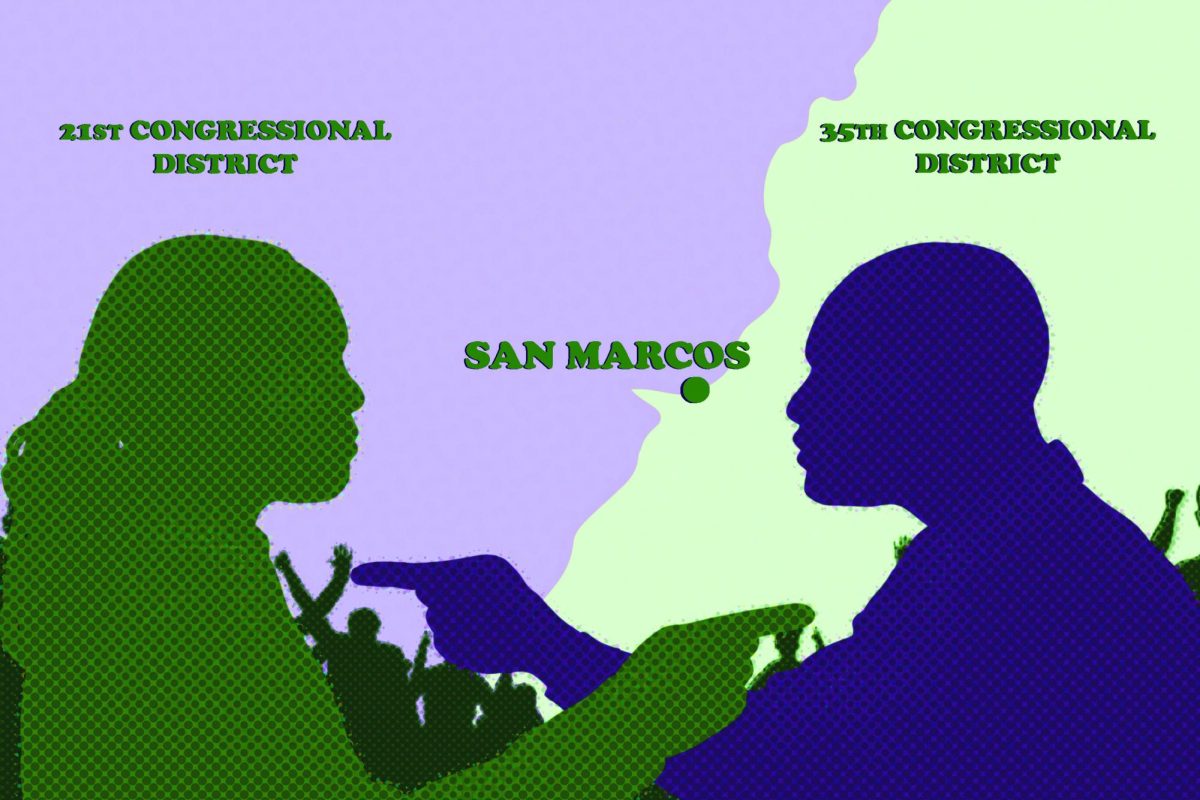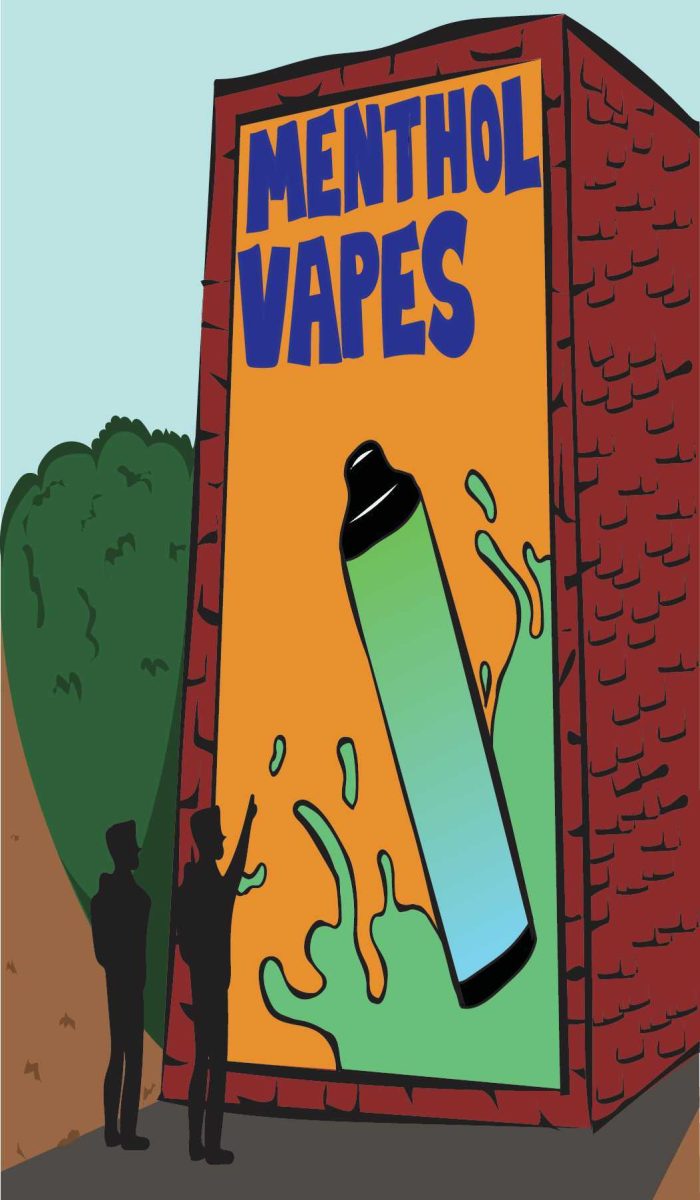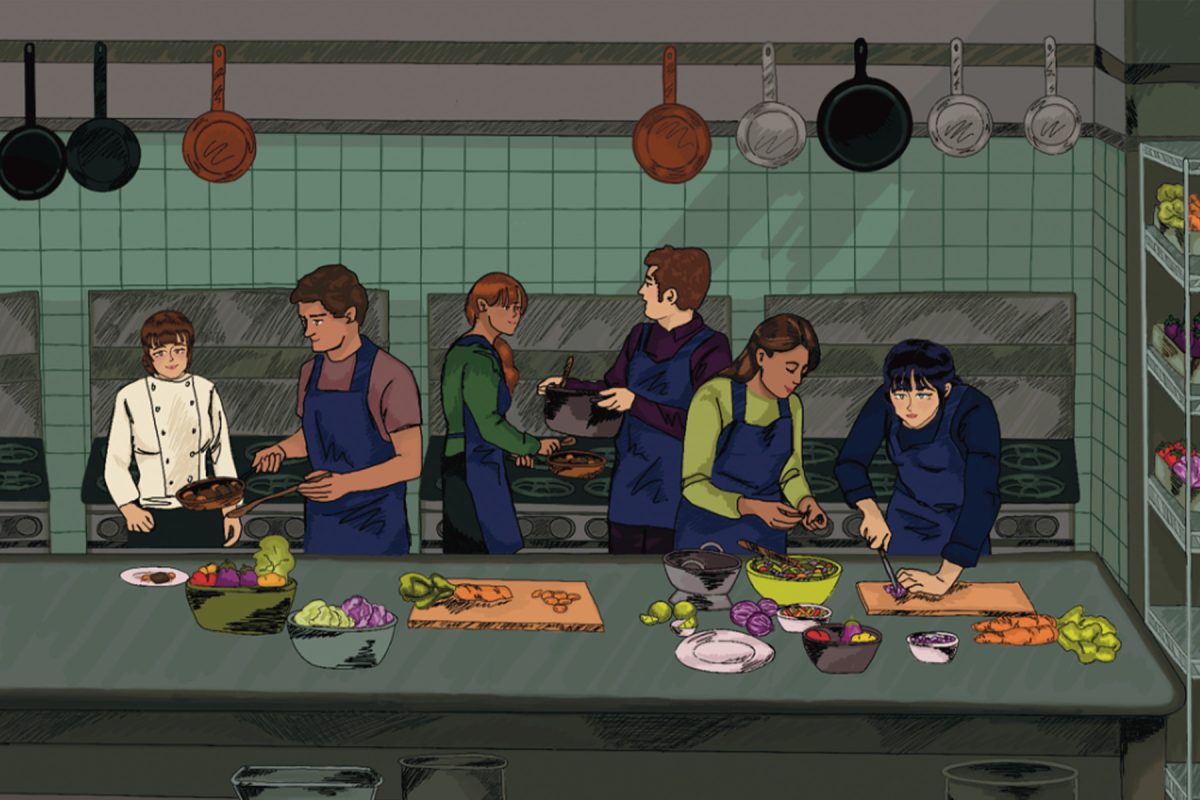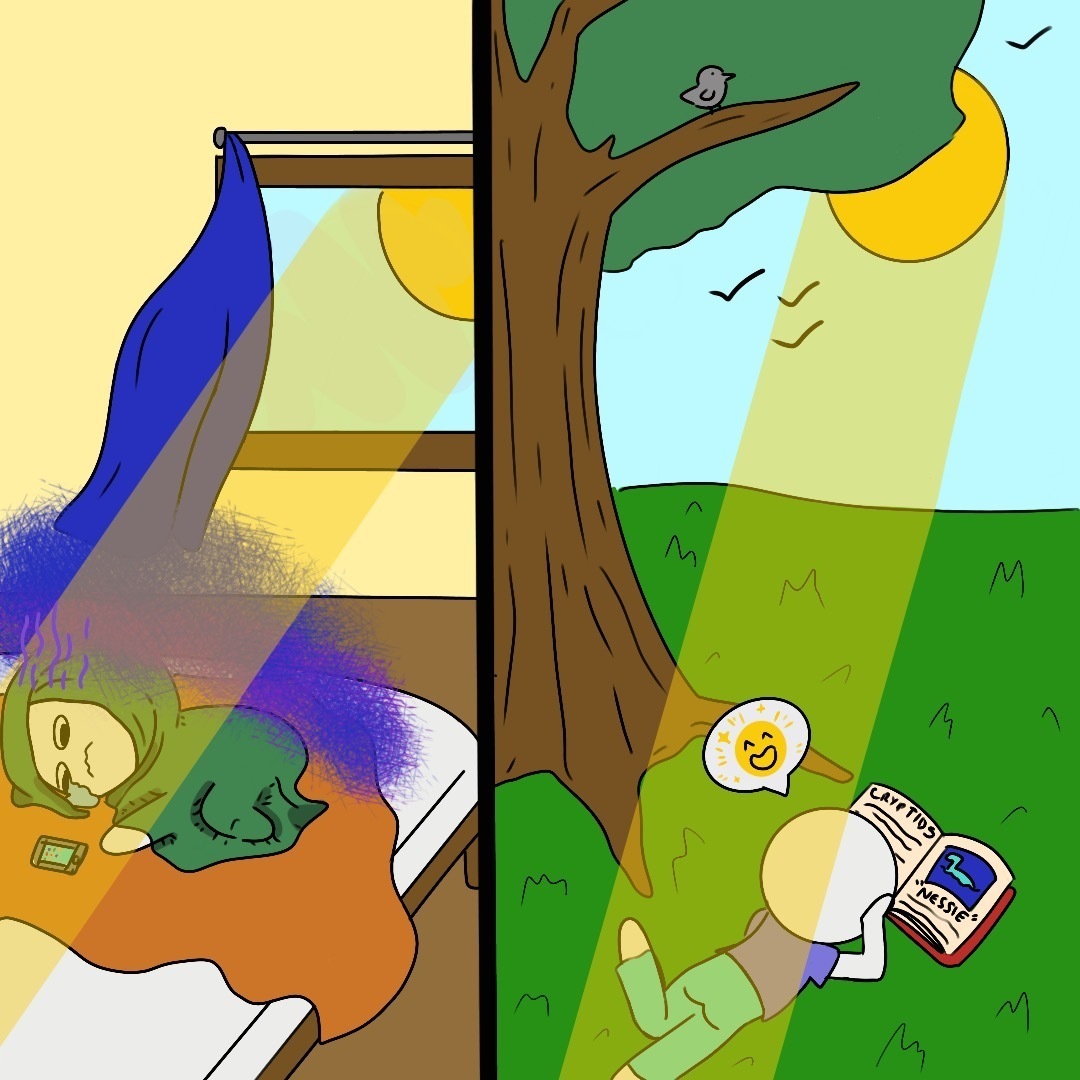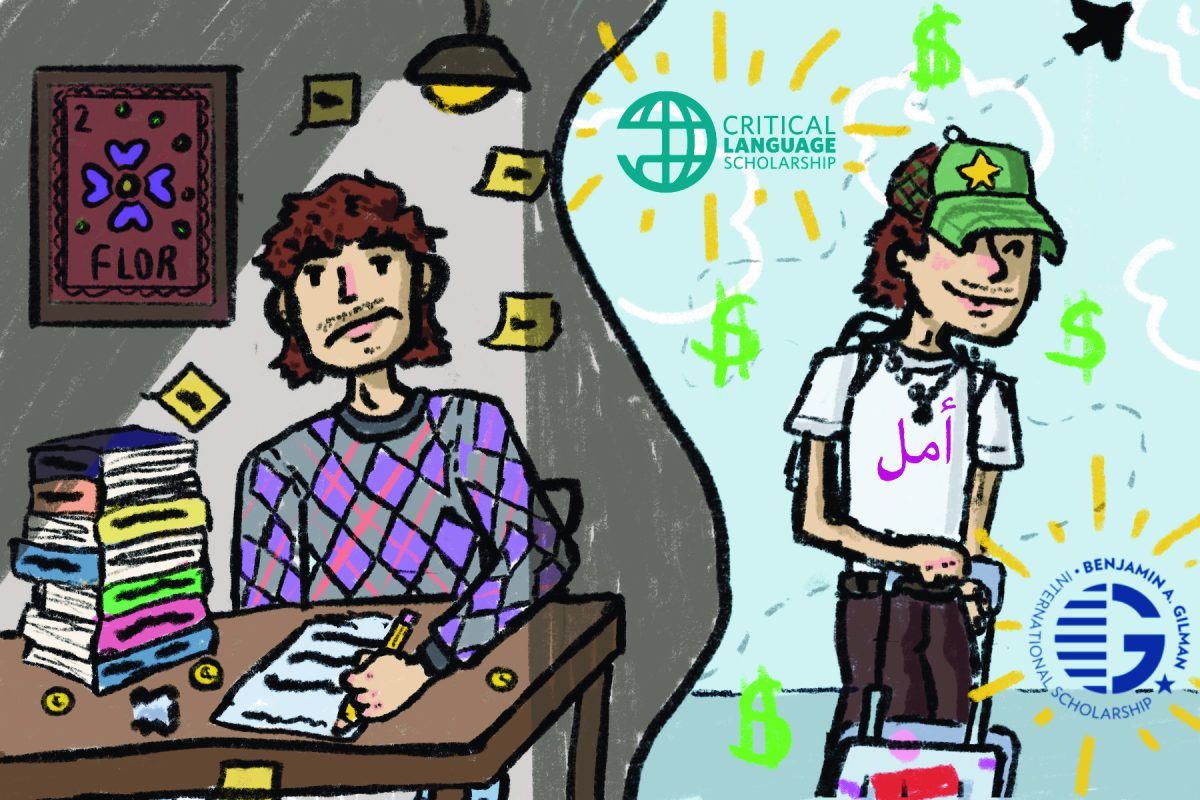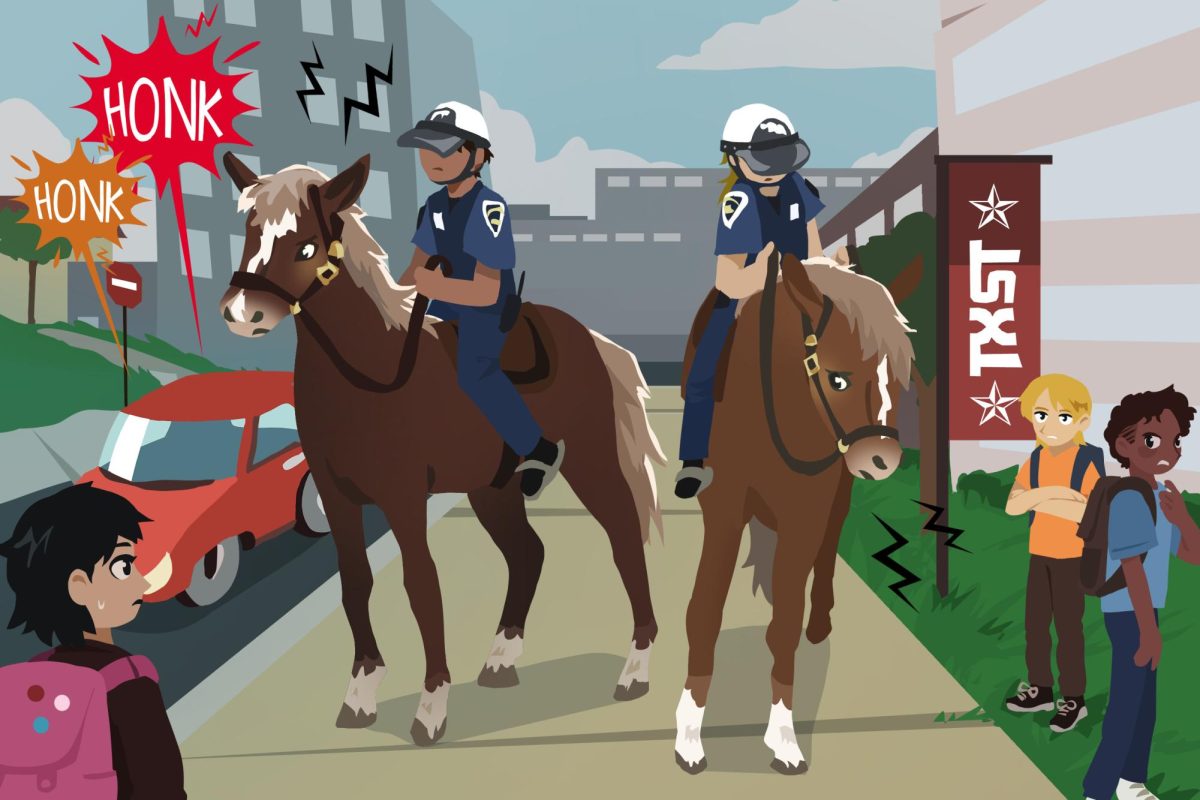Southern states have long been infamous for their heavily gerrymandered congressional maps. States such as Louisiana, Alabama and Mississippi only have one democratic district per state. This is largely due to the process of gerrymandering.
Texas is no exception to this trend of political gerrymandering, and the community of San Marcos has become a victim. San Marcos currently lacks proper representation in the House of Representatives.
San Marcos is divided into two congressional districts. The liberal urban center is in the 35th, and the conservative rural west is in the 21st. Both districts, due to their gerrymandered nature, have been subjects of several legal suits. However, these suits have not succeeded in altering the makeup of both districts.
Neither district is considered competitive, or a district where both democrats and republicans have a somewhat equal chance of winning. The 21st has been continuously represented by a Republican since 1979, while the 35th is the second most democratic district in Texas, according to Cook Political Report. This political division heavily disadvantages conservative voters in the 35th as equally as it disadvantages liberal voters in the 21st.
The 35th district is essentially one elongated line stretching from East Austin to San Marcos and parts of San Antonio. These areas, while sharing similar political values, are still three separate communities forced together into the same district.
These communities, instead of being allowed to elect representatives from their area, are forced to share one representative between them. This district is 61% Hispanic, an important democratic voting minority within Texas. The packing of the central Texas democratic Hispanic vote into one super-democratic district not only dilutes their otherwise larger influence within congressional politics but also dramatically reduces their representation.
While it’s not as evident at surface level, the 21st has its problems, too. This comes from the fact that it’s drawn to divide the conservative voting communities of Austin, San Marcos and San Antonio from their liberal counterparts. This division amplifies the power of the 58% white conservative rural vote by giving them a separate district to vote in. This district gives the white vote greater power despite its smaller size compared to the urban centers of Central Texas.
The purpose of gerrymandering is simple–– to maximize as many GOP districts in Texas while minimizing Democratic districts. There is no other reason to create such irregular congressional borders unless the goal is to pack as many Democratic voters into one district as possible.
There have been proposals to fix these congressional districts to be more representative of their communities. A hypothetical map proposed by professional redistricting consultant Russ Tidwell had Austin, San Antonio and the communities between both, including San Marcos, reorganized into three separate districts.
This reorganization was based on four principles: “compactness, contiguity, equal population and preservation of communities of interest.” Reorganizations such as this not only allows for more local political representation to emerge but also for communities, despite their political divisions, to hold competitive elections for stronger candidates to be elected.
Reorganizations would bring sweeping changes. San Marcos and other smaller cities along I-35 would no longer have their votes overpowered by the much larger vote shares in Austin or San Antonio. In addition, the larger metropolitan areas of Austin or San Antonio would not be forced to share representation with small communities that do not have all the same concerns as large cities.
Despite previous failures in legal challenges, there has been a considerable movement within the judicial system to strike down extremely gerrymandered maps within the last few years. States such as Alabama and Louisiana have both been forced to begin efforts to redraw their maps ahead of the 2024 election.
San Marcos’s options for improving our representation in Congress are still limited at best. Any changes to the current Texas congressional maps will most likely not happen anytime soon.
Individuals must stay engaged with the political process, despite the many setbacks constantly found in doing so, to recognize future political opportunities and exploit them. Only then can Texas begin to move to a map of fair representation for all of its citizens.
-James Phillips is an international relations junior
The University Star welcomes Letters to the Editor from its readers. All submissions are reviewed and considered by the Editor-in-Chief and Opinions Editor for publication. Not all letters are guaranteed for publication.











